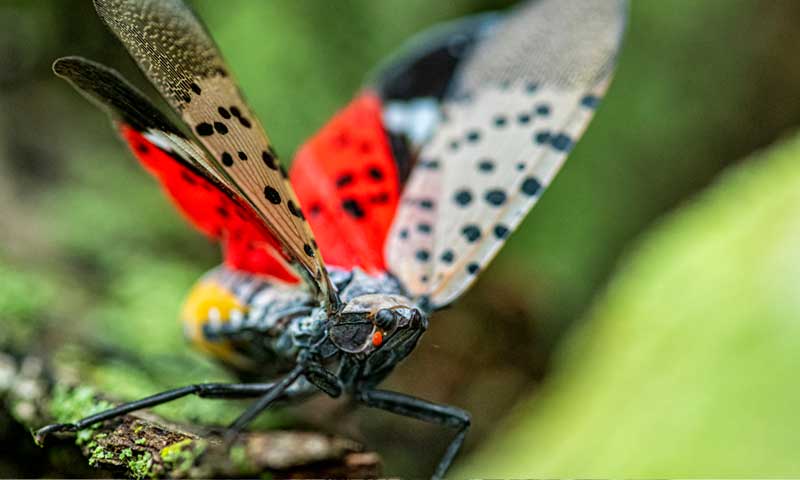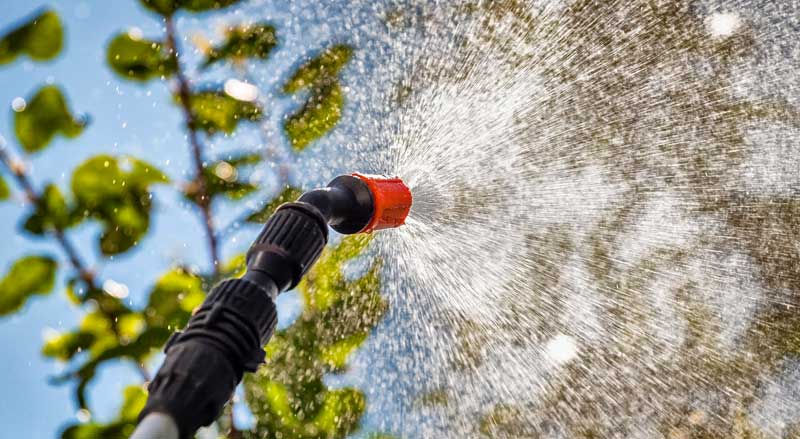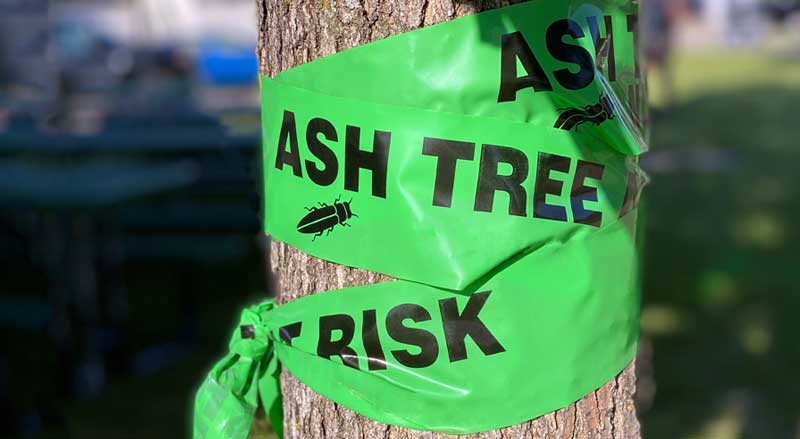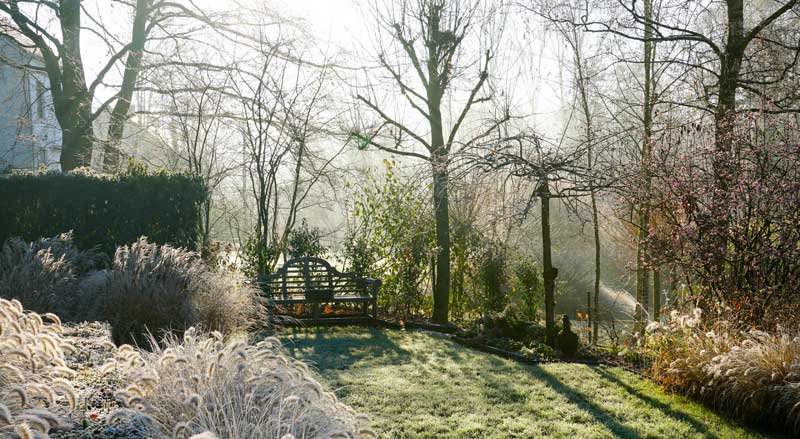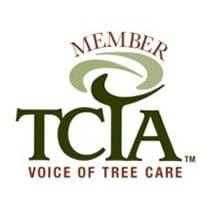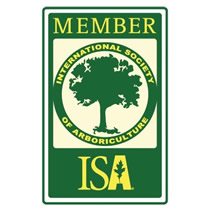The spotted lanternfly may be small — it measures just an inch in length — but it’s creating problems in New Jersey and surrounding regions. Learn how to identify the spotted lanternfly, why it’s bad for your landscape, and how to get rid of this pest.
The spotted lanternfly is a planthopper insect that can fly. It is native to China, India, and Vietnam but has made its way to other areas of the world, including the United States.
This pest is hungry and will take over plants with ease. Its invasive nature can significantly affect our quality of life by depleting resources.
The Dangers of the Spotted Lanternfly
Dieback and leaf curling are signs of poor tree health. Take a closer look at your trees. If you notice either happening, you may have an infestation. There are many other reasons why a tree can be sick. But the most important thing to remember is that a sick tree is a dangerous tree.
Other common problems associated with the spotted lanternfly in New Jersey include:
- Tree damage, especially on fruit and ornamental trees
- Honeydew on plants which can lead to more aphid problems and the spread of black sooty mold on your foliage
- Loss of outdoor enjoyment during the warmer months when lanternflies reproduce and swarm
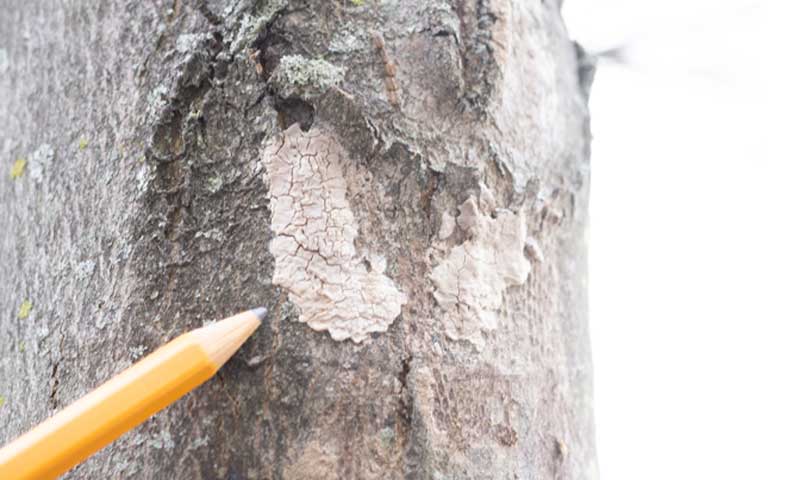
New Jersey Plants Affected by the Spotted Lanternfly
In New Jersey, you’ll often find the lanternfly affecting specific plants, including:
- Tree-of-heaven (Ailanthus altissima)
- The top fruit trees for NJ landscapes like apples (Malus), plums (Prunus domestica) and cherries (P. avium)
- Hardwood and softwood trees like willow (Salix), poplar (Populus), oak (Quercus) and walnut (Juglans)
- Ornamental trees like the tulip tree (Liriodendron)
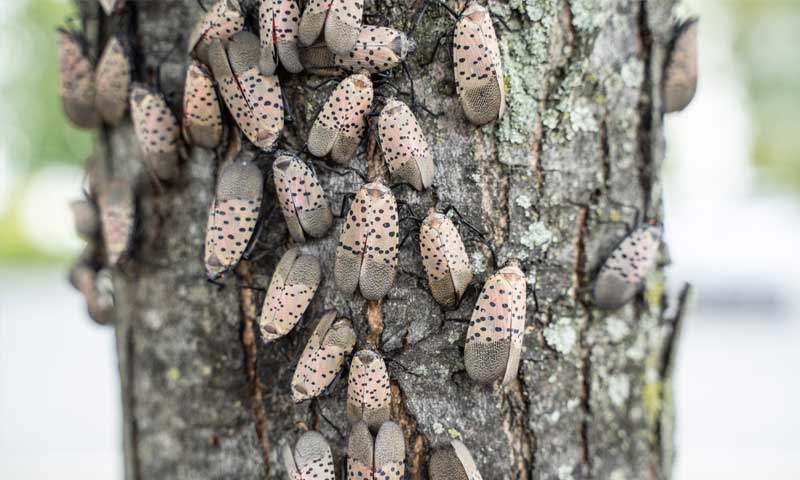
How to Identify a Spotted Lanternfly
You might confuse lanternflies with other small flying aphids in your New Jersey gardens or outdoor spaces, but a closer inspection reveals a few tell-tale visual clues:
- Size: This pest is approximately 1-inch in length.
- Color: The stomach of the spotted lanternfly is yellow with black stripes, and its head and legs are dark black.
- Wings: True to its name, its wings have black spots on grey, and its back wings have patches of red and black.
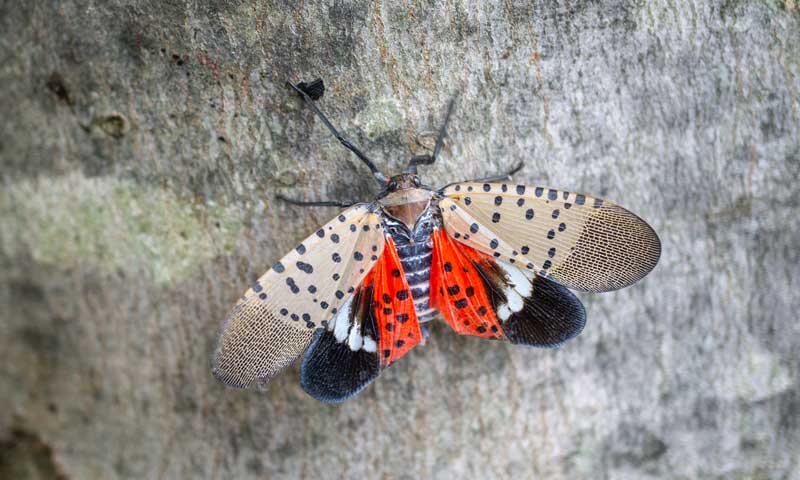
Pest Control: How to Eradicate the Spotted Lanternfly in Your Garden
If you see spotted lanternflies, work to eradicate, and get rid of them quickly.
Look for the sticky egg masses that appear in the fall through late spring. Scrape them into a plastic bag, seal the bag and discard.
Prevent the spotted lanternfly nymphs from traveling. As they hatch, the pests’ nymphs will start to climb the trunks of your trees to reach the foliage and feed. Use physical tree bands to keep them at bay.
Spray the adults when you see them feeding on your plants. Because these are soft-bodied flies, homemade insecticidal soaps may be effective. For more serious infestations, some New Jersey property owners are even opting for broad-spectrum insecticides.
At Trees Unlimited, we’re experts at understanding New Jersey’s unique micro-climates and pests. We can help you navigate the spread of spotted lanternflies in your landscape while caring for your trees and shrubs.
Contact us today for Spotted Lanternfly Treatment

